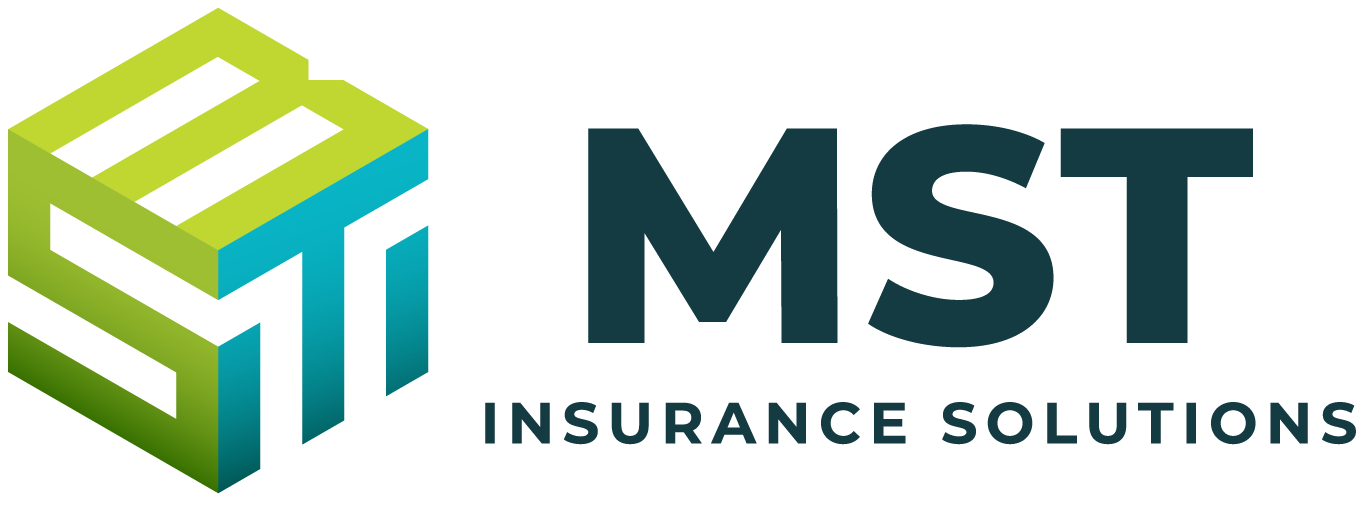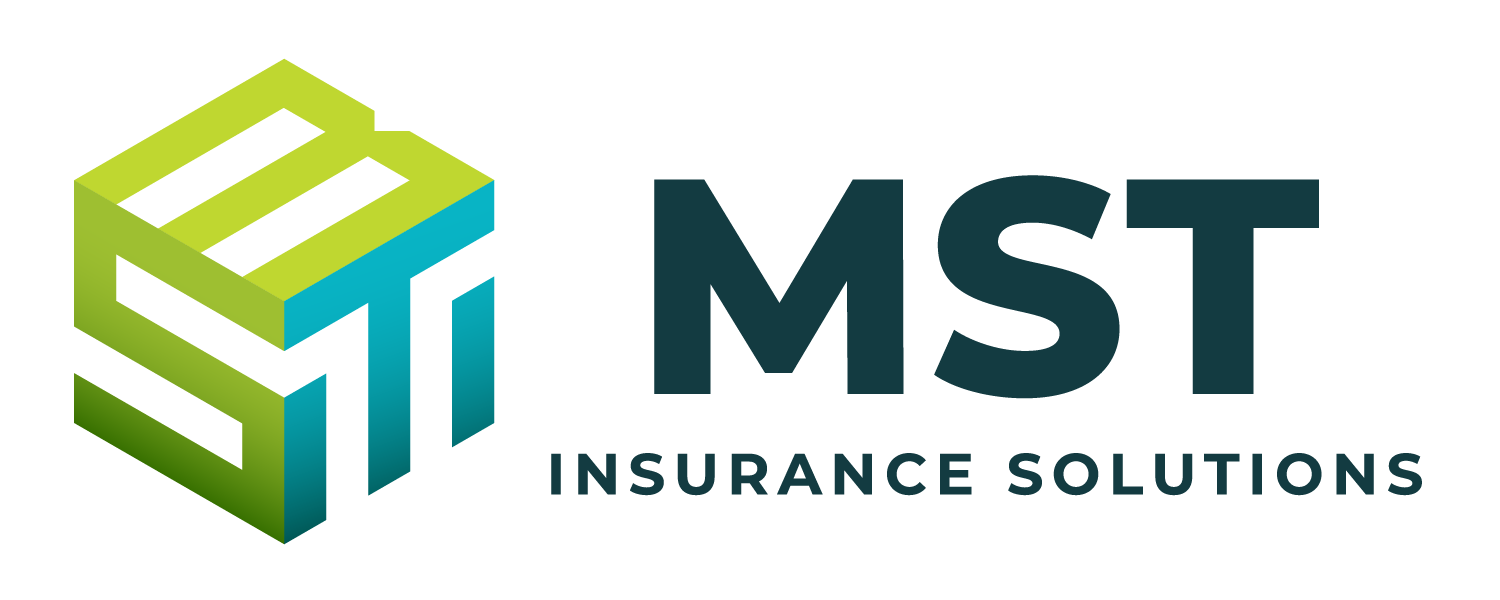Most companies offer more than one type of medical plan for their employees, with almost half providing four or more types — including Preferred Provider Organization (PPO), High Deductible Health Plan (HDHP), and Health Maintenance Organization (HMO). But that doesn’t always translate to more employees enrolling in different options. According to a new report from Alight Solutions, a cloud-based human capital technology and services provider, only 16% of workers chose a different medical option in 2023 than the one they had in 2022.
Alight’s 2023 “Benefits and Enrollment Trends” report provides an in-depth look at some of the key benefits employers offered to their workforce for 2023 and how employees enrolled in those benefits during the fall 2022 annual enrollment season.
Researchers also found that employee income and age play major roles in medical-benefits decisions, noting that HDHP and Health Savings Account (HSA) plans are more attractive to and benefit some employees more than others — including those who earn more than $100,000 per year. On the other hand, employees earning less than $40,000 have the lowest enrollment rate for medical at 56%, and medical enrollment has significantly declined year-over-year for employees earning less than $60,000.
Employees who don’t enroll in any of their employer’s medical plans are either going without medical coverage or are covered under a spouse’s or parent’s plan, Medicare or Medicaid, or through a health insurance marketplace, according to Alight. Nearly half (45%) of employees say the reason they didn’t enroll is because health care benefits are unaffordable.
As the report noted, these findings can help employers evaluate how their benefit strategy supports diversity, equity, and inclusion goals.
“Our research provides benchmark data that employers can compare their own programs against, as well as gather insights on focus areas such as age and income that employers may want to understand better about their own workforce and enrollment results when assessing how well their current benefits package is meeting the needs of their workforce — or not,” Sara K. Taylor, health solutions strategy leader at Alight Solutions, told BenefitsPRO.
Other highlights of Alight’s 2023 “Benefits and Enrollment Trends” report:
- The average total cost of medical coverage (regardless of plan type) is $5,330 for single coverage and $13,998 for family coverage. That’s an increase of 2.3% and 3.2%, respectively, compared to 2022 costs. And employers are contributing more, too — an average of 3% more for single coverage and an average of 4.6% for family coverage. Employers contribute 72% toward the cost of single coverage and 70% for family coverage.
- Less than half (40%) of employees enroll in a PPO, (the most expensive plan type), while high deductible enrollment is a close second at 36%. Many employees, researchers added, are willing to pay a premium for PPOs in exchange for the benefits they provide, compared to HDHPs and HMOs.
- Among employers that provided personalized guidance or suggestions, 24% of employees changed their medical option for 2023.
“During the year, employers can use the insights they gleaned about their own workforce to create personalized and targeted communications,” Taylor said. “For example, employers could target communications based on income to employees enrolled in a high-deductible, reminding them that preventative services are covered free of cost under the plan or [about] other resources available to help employees find cost-effective, quality doctors.”
Source: Why 45% of employees didn’t enroll in health care benefits

